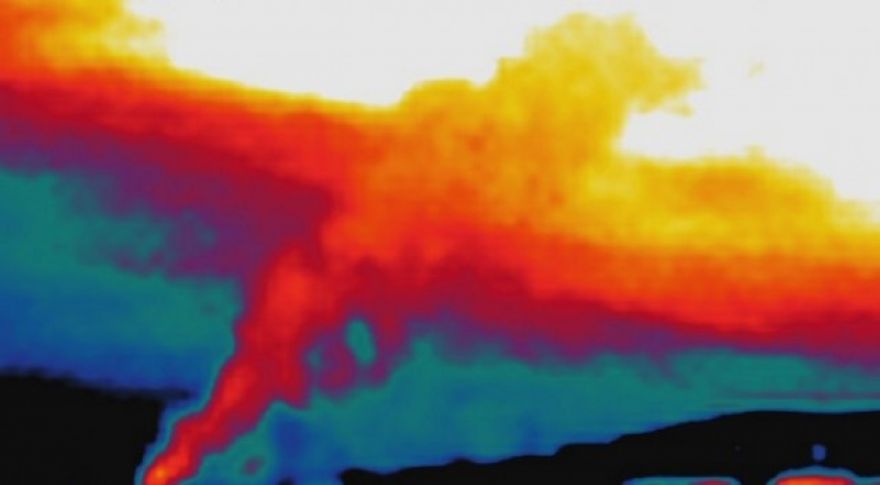
Massive Methane Leak in 2015 Left California Residents With Elevated Uranium, Styrene Levels
Almost exactly two years ago, a well owned by the Southern California Gas Company began dumping huge amounts of methane into the atmosphere. The leak wouldn’t be capped until February 18, 2016, and would eventually release 107,000 tons of methane and 8,000 tons of ethane. SoCalGas didn’t exactly cover itself in glory with its concern for residents during this time period; the company didn’t admit that a major gas leak had occurred until October 28.
Later investigations demonstrated the pipes in question were old–technically it was a blowout, rather than a leak. They were also not sheathed in concrete, and lacked safety valves, since only pipes within 100 feet of a road or park or 300 feet of a home were required to have safety valves.
Dr. Jeffrey Nordella, who practiced medicine in Porter Ranch before and after the 2015-2016 leak, presented his findings in a packed Hilton Hotel this past weekend. The Pasadena Star News :
- Of 106 patients whose urine was tested, 31 percent had a presence of styrene at higher than average levels.
- Of the first 51 patients Nordella followed just after the gas leak, 34 percent experienced nosebleeds. Of the 72 he followed months after the leak was capped, 31 percent—nearly the same number—still experienced nosebleeds.
- In 26 homes, lithium was detected in the LADWP water supply, while in non-LADWP water, there were no detectable levels of lithium.
Urine samples showed elevated levels of styrene, a relative of benzene and known carcinogen, as well as ethylbenzene. Hair samples showed higher-than-average levels of uranium. According to Nordella, the differences were statistically significant and demonstrated the residents of Porter Ranch, near Aliso Canyon where the leak occurred, clearly had been exposed to substances other people in areas of Southern California had not been exposed to.
Health agency officials in California didn’t request doctors to perform any kind of analysis on individuals, and instead relied on air quality tests over a month after the well was capped. Interior dust sample tests “found evidence of metals that were consistent with those found at the natural gas well that blew out near their neighborhood,” according to the Pasadena Star News.
The presence of lithium is a bit of a puzzle, since it wasn’t known to be contained in the gas storage facility. Its presence could reflect a localized source, or contamination from a different event. Long-term exposure to lithium at sufficient doses can cause a range of mental and physical health problems, including dementia and death. Part of the concern here is that mass evacuations weren’t ordered until over two months after the leak had begun, leaving many residents with potentially significant long-term exposure to the chemicals and substances in question.
In July, SoCalGas was cleared to resume injecting gas into nearby wells for long-term storage, a move opposed by various public health advocates and the residents themselves. Nordella’s findings led him to oppose the reopening of the Aliso Canyon Gas Storage facility, and to call for long-term monitoring of potentially affected individuals.